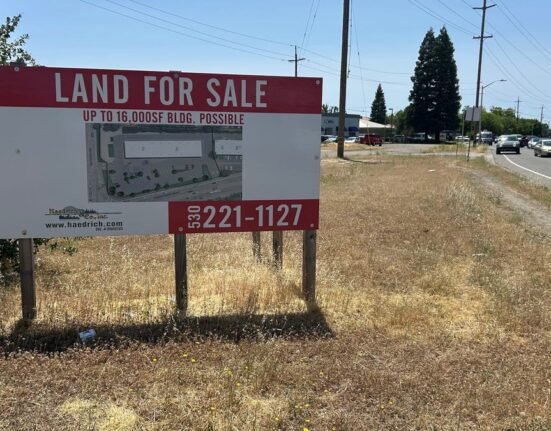Montana is cutting property taxes in half and expecting the state’s biggest landholders and absentee owners to pay a little extra.
The state legislature announced the passing of House Bill 231 and Senate Bill 542 last week.
The property tax relief bills aim to help rebalance Montana’s property tax system after years of soaring home values.
While designed to bring relief to homeowners, the bills have sparked heated debate among officials.
‘This is an unconstitutional bill. It is a violation of our rules, and additionally, no matter what lipstick you put on this pig, it is a tax shift,’ Senator John Fuller said about House Bill 231 via NBC Montana.
Senator Daniel Zolnikov insisted the session was ‘off the rails’ and believed the state’s property tax relief is a ‘failure.’
‘To tell you the truth, I’m kind of stunned that we’re arguing against cutting property taxes for residents of Montana. That’s what we came here to do,’ Minority Leader Pat Flowers stated.
The changes come amid rising concerns over housing affordability. Household income needed for a Montana home has grown by 85 percent. At the same time fears of potential housing market crash have grown.

Montana passed House Bill 231 and Senate Bill 542 last night, which will cut property taxes in half
Montana’s property values have risen over the past few years, along with residential tax bills.
Homeowners have discovered their bills doubled in certain counties, leading some to worry they can no longer afford their properties, according to Realtor.com.
By then, Montana’s Department of Revenue had already warned lawmakers that taxes could burden residential owners.
Despite their passing, the bills could potentially be delayed due to last-minute amendments, careouts, or complications with charter cities.
There will also be three residential property tax tiers, which will rise to four by 2026.
The tiers will feature rate bands based on how a home’s value compares to the statewide media, which currently sits at about $325,000.
Commercial properties will run under their own system, and second homes and short-term rentals will be taxed 1.9 percent.
‘These tax changes are in complete opposition to principles of tax fairness and efficiency,’ said former state legislator Robert Story.
‘It will take the Montana Department of Revenue many staff hours just to build a model capable of handling it all.’


Montana government officials had mixed opinions over the passing of the two property tax relief bills
Unless the rulings are reversed, about 230,000 homeowners may notice property cuts on their tax bills. Owner-occupied homes and long-term rentals’ rates ill drop from 1.35 to 0.76 percent once they reach a property value of $325,000.
Pipelines and other centrally assessed properties may will see price hikes thanks to a 12 percent tax that will be tackled onto their bills.
While all appears to be set in stone, the new system could change depending on median values and rates for all property types.
Meanwhile, a recent report showed how the dream of owning a home in America is becoming increasingly out of reach. In most states, a six-figure income is needed to afford an average-priced home.
Nationally, homeowners must now earn $116,986 to afford a typical home. That’s an increase of 50 percent from $78,236 in 2020, according to Bankrate’s Housing Affordability Study.
The study analyzed home sale prices to calculate monthly mortgage payments for every state and the District of Columbia — and worked out what annual salary would be needed to cover that.







